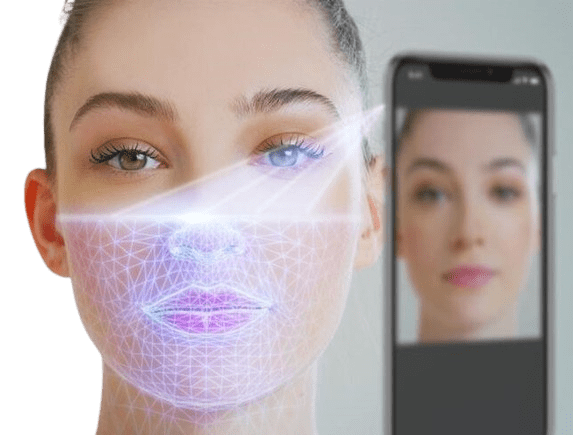 Did you know there are distinct differences between the sexes even in areas you might think we are basically the same, such as our skin? The differences may not seem obvious, but these nuances are important when it comes to plastic surgery for men. Cosmetic Surgery Times recently reviewed some of the factors that should be considered when planning cosmetic procedures for men. Following are highlights.
Did you know there are distinct differences between the sexes even in areas you might think we are basically the same, such as our skin? The differences may not seem obvious, but these nuances are important when it comes to plastic surgery for men. Cosmetic Surgery Times recently reviewed some of the factors that should be considered when planning cosmetic procedures for men. Following are highlights.
Anatomical differences & aesthetic preferences differ between men & women
When it comes to plastic surgery, understanding a patient’s anatomy and body structure is key to success. Important anatomical differences between men and women that require consideration include underlying structures and skin quality. For example, men have naturally thicker skin and larger muscles than women. This means that more anesthetic is typically needed with surgical procedures.
Similarly, non-surgical anti-aging treatments, such as BOTOX® or dermal fillers, must be administered in different doses and, often, to different areas. As such, men should be sure to work with doctors who are very experienced in treating men for best results.
Men and women also age differently and their typical aesthetic concerns differ. When men have facial surgery, they are often looking to achieve sharper, more defined facial contours. Women, on the other hand, often request help restoring volume in the midface and hope to soften harsh angles that have developed as their skin thins with age. Whatever your goals may be, choosing a surgeon that understands these nuances and listens to your preferences will help you achieve results that are fitting for you.
Personalizing surgical techniques for men
For men who are considering plastic surgery, it’s crucial to work with a plastic surgeon who fully understands the anatomical and aesthetic preferences detailed above. These factors impact what techniques will provide the best results, both in terms of surgical outcome and optimal recovery.
For example, consider facelift surgery. While women can easily camouflage healing incisions or newly formed scars with long hair and makeup, men typically do not have this option. Since most men have shorter hair (or even receding hairlines) and likely do not wear makeup, it’s important for a surgeon performing a men’s facelift to consider the natural beard and hair lines in addition to earlobe position to ensure incisions are placed as inconspicuously as possible.
Curious about what else was mentioned? Read the full article here.
Find a Surgeon That Works for You
If you’re interested in learning more about male plastic surgery or trying to decide if plastic surgery is right for you, Eugene plastic surgeon Dr. Kiya Movassaghi will be happy to discuss your options during a personal consultation. As a male surgeon with many years of experience helping men feel and look their best, Dr. Movassaghi can help you fully understand the nuances of plastic surgery for men. Contact our Eugene office to schedule an appointment.
